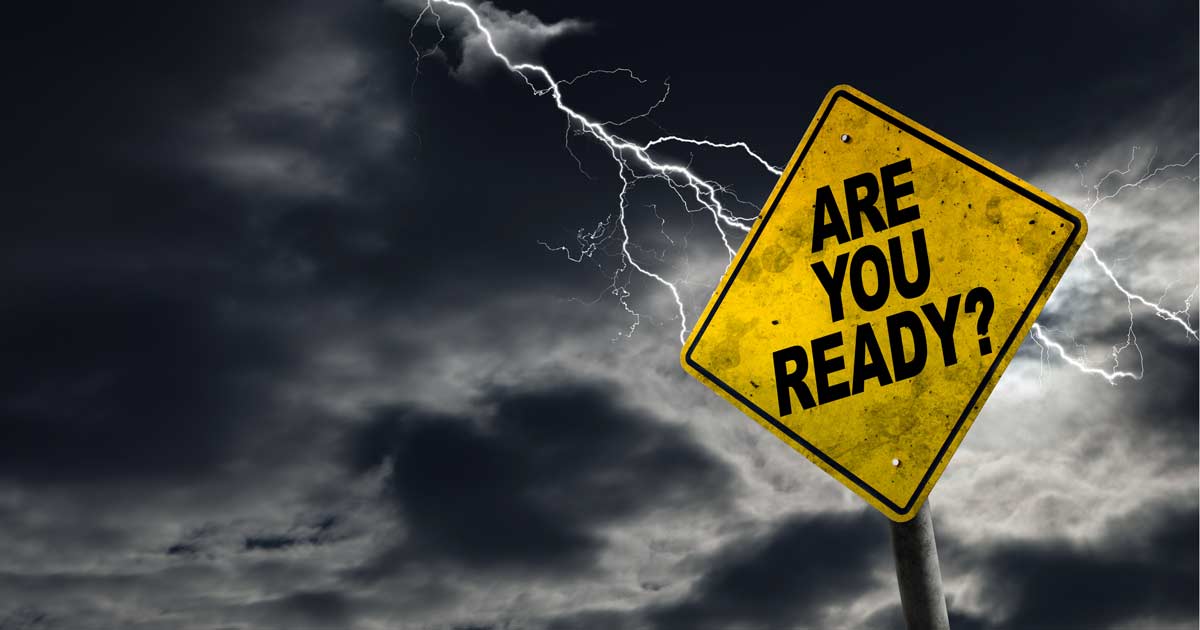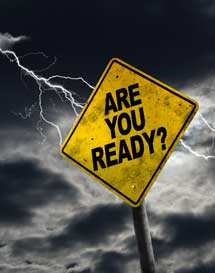Storm-proof Home

Turns out a tidy yard and clean gutters do way more than just look nice!
Sure, cleaning your gutters and trimming your trees may not seem like heroic tasks, but hey, when a Michigan summer storms hit, those mundane little jobs are your home’s armor. Below we list is a couple of ways you can disaster-proof your home.
#1 Clean Gutters to Prevent Water Damage
Clogged gutters mean storm water can overflow, saturating — and possibly penetrating — your home’s foundation. Gutter build-up can also contribute to water seeping into your attic and damaging walls. While you’re scooping debris, check the downspouts for clogs by flushing them with water from a garden hose. Or, skip the hassle and hire a pro.
#2 Protect Your Roof by Trimming Trees
If huge tree limbs are dangling over your house, you’re at risk for major roof damage. Cut back limbs to reduce their weight. Also, make sure they’re at least four feet above the roof. Tree limbs make great balance beams for critters to tumble into your attic; don’t make it easy on them.
#3 Install a Generator
An hour in the dark is an inconvenience, but a power outage of a day or two — especially when it’s 80-90 degrees outside — can be hazardous to your health (and pricey, as all your refrigerated and frozen foods spoil). Call the experts at Metro Electric to install a standby generator.
#4 Update Your Insurance
Once a year, review your homeowner’s insurance to make sure you can rebuild your whole house in case of a disaster. Make updates based on recent home improvements, like that fancy burglar alarm you just installed, and ask about any new discounts for bundling with your car insurance.
#5 Check Fire Extinguishers
Scary stat alert: 660 people died in home fires in just the first two months of 2018.
While a fire extinguisher doesn’t technically expire, it’s possible for its seal to weaken over time, causing the pressure to drop and rendering it useless. Check that the locking pin is intact and the pressure gauge or indicator is pointing to “full.” (Sometimes this is a green bar.)
And did you know you’re supposed to keep a fire extinguisher on each floor? Or that different rooms require a different type of extinguisher? If not, a fire-safety shopping spree might be in order!
#4 Make A Plan
When an emergency happens, you may have to decide what to do very quickly. By planning ahead, it will be easier to make the right decisions when the worst happens. We’ve laid out exactly how to prepare for a tornado, fire or flood here.
